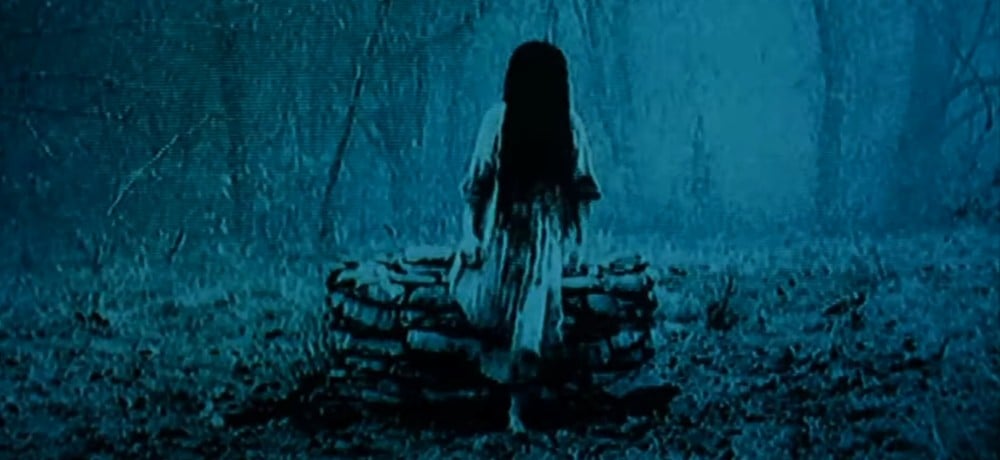
Twenty years ago, I couldn’t sleep…
My boyfriend and I had gone to see this new film called The Ring. It was incredible—so unlike the other horror films that were being produced when I was in college. But now, as we laid in bed in his rental house, I couldn’t seem to relax. Every time I closed my eyes, the image of an old well was seared into my brain. And if I let the image sit long enough, a ghostly little girl would slowly climb up out of the well and creep toward me.
It played again and again. Much like the images created by Samara in the film, it wouldn’t leave my mind. Eventually, my boyfriend whispered, “Are you awake?”
“Yes,” I replied. “I keep thinking about the movie. I keep seeing her coming up out of the well.”
“Me too,” he admitted. We got up and watched late-night cable until we finally felt like we could sleep properly.
I’m absolutely positive that I’m not the only person with a story like that. The Ring came out of nowhere and hit the horror community like a sledgehammer. From a music video director with few feature credits to his name and a talented cast that hadn’t hit the A-list yet, we really had no idea what we were walking into. This story of a woman investigating an urban legend surrounding a cursed videotape was filled with unsettling imagery, plenty of mystery, and some of the most horrifying visuals ever put onscreen.
The film was a remake of the brilliant Japanese movie Ringu (based on a novel by Koji Suzuki) from director Hideo Nakata. In the US, it was a film that film nerds knew about, sure, but it had nowhere near the awareness of the general moviegoing public, or the awareness of me, a college student who was finally able to freely explore her love of horror and open her eyes to new and terrifying stories. The Ring and 2004’s The Grudge (a remake of Takashi Shimizu’s Ju-on: The Grudge) brought J-horror to the US mainstream. So, this was really our first exposure to long-haired ghost girls, creepily disjointed movements, and strange curses.
It was an instant success. Everything about it just seemed to click. From the story to the visuals to the sleep-obliterating scares. The world had found a new immediate favorite. And 20 years on, it still works.
From the moment it opens, it has you hooked. It starts simply, with two teenage girls just hanging out at home. The conversation wanders from place to place, eventually comes to settle on this urban legend that is circulating regarding a cursed videotape—one that kills you a week after you watch it. Katie (Amber Tamblyn) admits to her friend Becca (Rachael Bella) that she recently watched a mysterious tape the week before, when she spent the weekend with her boyfriend. The conversation keeps moving along, focusing on her secret trip and so forth, but eventually it becomes clear that the tape Katie watched was in no way innocuous. She is nervous and on edge. The atmosphere steadily goes from carefree to increasingly tense.
When the phone rings, the girls jump and then slowly venture downstairs to the kitchen to answer it. The caller is only Katie’s mother, just checking in. As Katie wraps up her conversation and prepares for bed, things start to get creepy.
The thing that makes this scene so powerful is the fact that we don’t know what Katie is afraid of. Clearly, something is going on. We see the briefest shadow in the reflection of the television screen, we see the TV turn on all by itself—twice. We get a couple of fake-out moments, but they really only serve to continue amping the tension level instead of cutting it. But we have no idea what is waiting for Katie on her seventh night after watching that tape.
Katie meets her end quickly after that. The audience doesn’t see exactly what happens; she enters the bedroom and the camera rushes toward her before suddenly cutting away. The only visual we really get is a very quick shot of Katie sitting in her closet, her face bloated and twisted in one last, horrifying scream. This is how her mother later finds her body.
From there, the film shifts to focus on Rachel (Naomi Watts), Katie’s aunt and Seattle PI reporter who begins to look into Katie’s mysterious death. Her investigation first takes her to the mountain cabin where Katie stayed with her friends. It is here that Rachel finds the storied videotape and watches it. We watch with her as she sees a series of creepy images played one after another, ending with a shot of a well. We later learn that each of the moments presented on the tape represents a different piece of the puzzle, and together they tell a story.
Rachel follows the clues to a horse farm on a nearby island. It is here that she learns the story of Samara (Daveigh Chase). Samara started out as the dream daughter for Anna (Shannon Cochran) and Richard Morgan (Brian Cox), who tried for years to have a child, but with no success. Their biggest dream turned into a nightmare when they slowly realized that Samara has the uncanny power to make you see things. She can plant horrifying images in your head, on film, and yes, even on a videotape.
Rachel and her ex Noah (Martin Henderson) race to uncover the full secret of the tape before Rachel’s seven days are up. Their search eventually leads them back to the mountain cabin where Rachel first found the tape. Under the cabin is the well where Anna drowned Samara when she could no longer handle the terror of living with her.
The great thing about this climax is the fact that the audience and the characters seem to intentionally ignore all of the evidence that points to Samara never being a normal little girl. We look past her creepy powers and the effect she seems to have on those around her and focus largely on the fact that she was a sad little girl who was murdered by those who were supposed to protect her, because what happened to her is horrible. Verbinski presents us with a story that is impossible to turn away from—a little girl who was kept in a barn, experimented on, and eventually dropped down a well to die in the dark and the cold seven long days later. It seems justified that she would only want her story to be told. So, when Rachel falls down the well and discovers Samara’s skeletal body, we feel that we have reached the fair and logical conclusion. As in many ghostly tales, the dead have been avenged and wrongs can now be set right.
But that’s not where the story ends.
Rachel goes home, satisfied that she has stopped the curse and that she and her son, Aiden (David Dorfman), who has also viewed Samara’s tape, are safe. When Aiden wakes up the next morning, he asks Rachel what happened.
“We set her free.” Rachel responds.
“You weren’t supposed to help her,” is his chilling response.
Aiden’s reply is perhaps one of the most stomach-dropping moments in the entire film. With such a simple line, we learn that not only are our characters not out of danger, but everything that we have been thinking up until this point has been turned on its head.
Samara was not a victim. Nothing that Rachel and Noah have done so far has stalled the curse in any manner. In fact, we then cut to Noah’s apartment and what is perhaps the most terrifying sequence in the entire film, wherein the TV pops on and we see the final shot from the videotape—the long shot of the well. Only this time, there’s more. As we look on, we see an arm emerge. And then another. We see Samara slowly climb out of the well and walk toward the camera. When she gets close to the screen, she reaches one long, water-logged arm out and through the television, planting itself on the floor of Noah’s apartment. She steadily keeps advancing, climbing all the way through the TV. She stands there a moment before rushing at Noah, granting him the same fate that Katie met at the beginning of the film.
Eventually, Rachel realizes that the only thing that saved her was the fact that she made a copy of the tape and showed it to Aiden. So, the final scene of the film is her guiding Aiden around a series of VCRs and talking him through the process of copying the tape again. In a chilling final moment, Aiden asks what happens to the person they show the tape to. We then see a rapid-fire series of images from the tape, before we suddenly cut to black. And the audience is left to wonder what our own fate will be in another seven days.
The Ring was an important touchpoint for horror. It launched the career of Gore Verbinski, who would go on to film multiple Pirates of the Caribbean installments, Rango, and The Lone Ranger. I would love to see him return to horror again. The film ushered in the J-horror craze of the early 2000s, which introduced tons of American film nerds (myself included) to an entirely different style of storytelling and horror visuals. Twenty years on, the film still plays as strongly as it did on opening night. If I lay in bed and let my thoughts drift, I can still find myself focusing on the image of a lonely well and the secrets that it hides deep beneath the earth. I’m always careful to try to shake the thought away and find sleep before Samara can begin to crawl toward me.


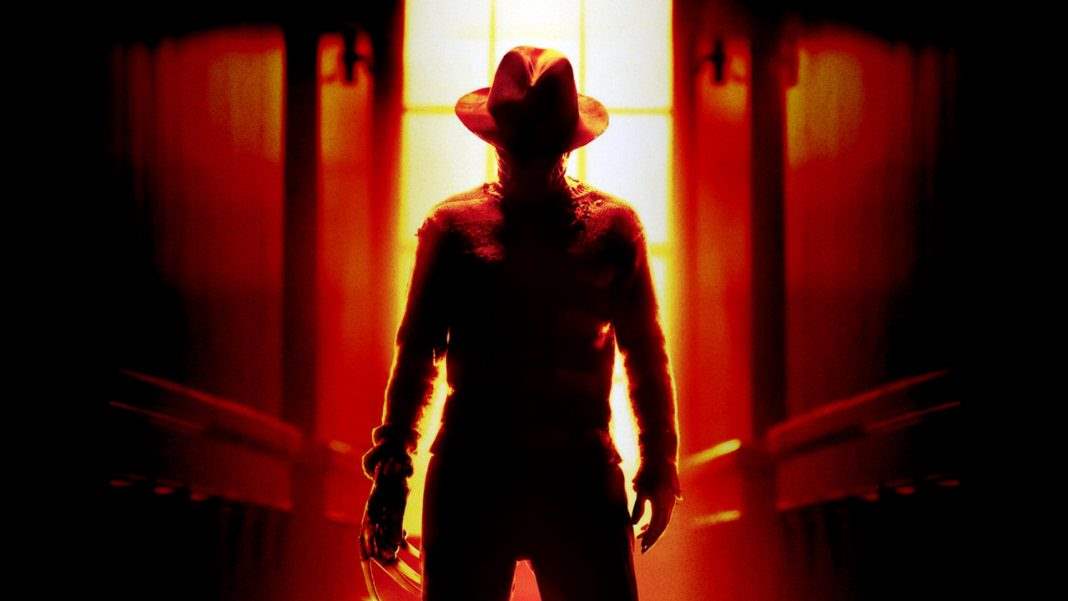

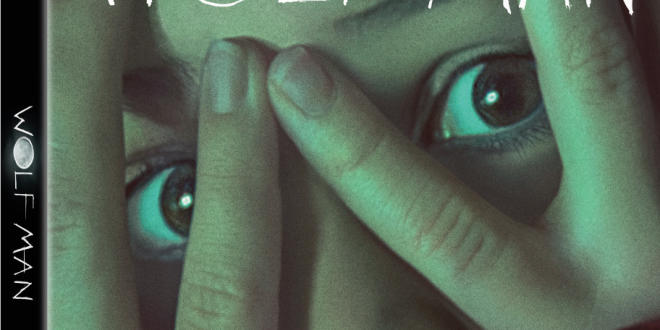
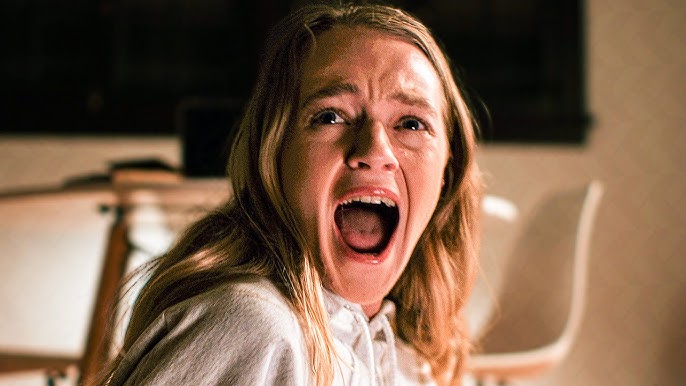

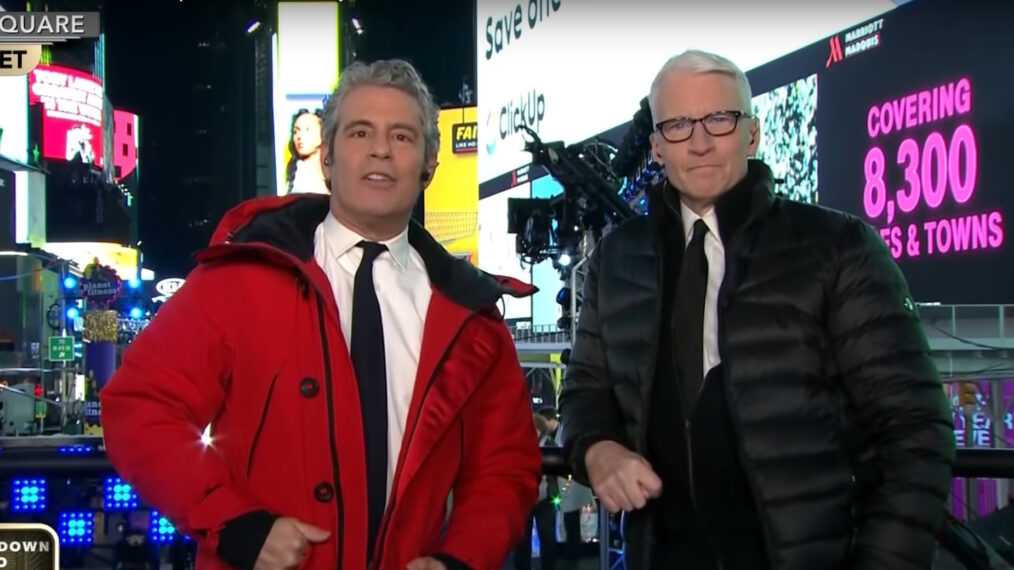



![‘The Ugly Stepsister’ Bargains With Body Horror for Beauty [Sundance Review] ‘The Ugly Stepsister’ Bargains With Body Horror for Beauty [Sundance Review]](https://www.dreadcentral.com/wp-content/uploads/2025/01/The-Ugly-Stepsister-feature.jpg)

















